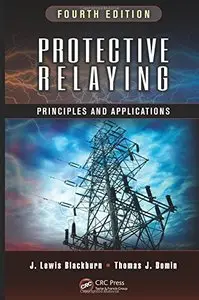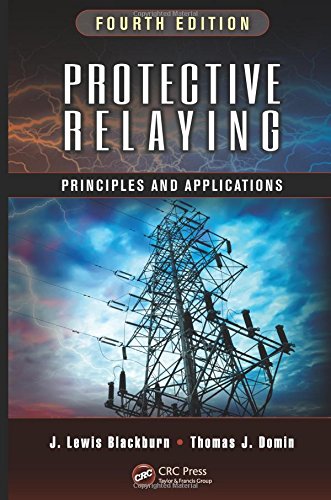Protective Relaying: Principles and Applications, Fourth Edition by Thomas J. Domin
English | Feb 11, 2014 | ISBN: 1439888116 | 695 Pages | AZW4/PDF (True) | 81.53 MB/78.14 MB
English | Feb 11, 2014 | ISBN: 1439888116 | 695 Pages | AZW4/PDF (True) | 81.53 MB/78.14 MB
For many years, Protective Relaying: Principles and Applications has been the go-to text for gaining proficiency in the technological fundamentals of power system protection. Continuing in the bestselling tradition of the previous editions by the late J. Lewis Blackburn, the Fourth Edition retains the core concepts at the heart of power system analysis. Featuring refinements and additions to accommodate recent technological progress, the text:
Explores developments in the creation of smarter, more flexible protective systems based on advances in the computational power of digital devices and the capabilities of communication systems that can be applied within the power grid
Examines the regulations related to power system protection and how they impact the way protective relaying systems are designed, applied, set, and monitored
Considers the evaluation of protective systems during system disturbances and describes the tools available for analysis
Addresses the benefits and problems associated with applying microprocessor-based devices in protection schemes
Contains an expanded discussion of intertie protection requirements at dispersed generation facilities
Providing information on a mixture of old and new equipment, Protective Relaying: Principles and Applications, Fourth Edition reflects the present state of power systems currently in operation, making it a handy reference for practicing protection engineers. And yet its challenging end-of-chapter problems, coverage of the basic mathematical requirements for fault analysis, and real-world examples ensure engineering students receive a practical, effective education on protective systems. Plus, with the inclusion of a solutions manual and figure slides with qualifying course adoption, the Fourth Edition is ready-made for classroom implementation.



